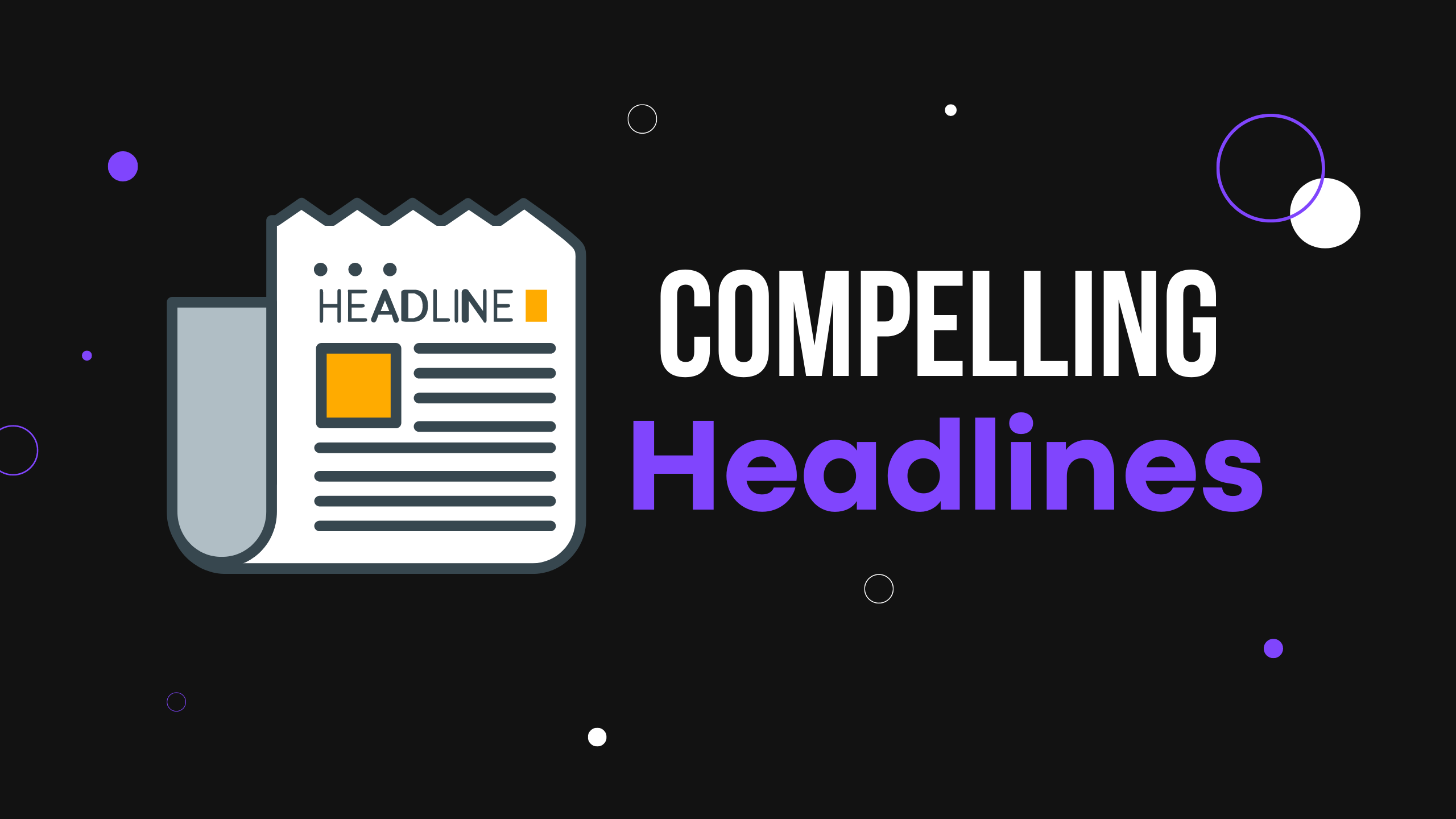If an article is a lighthouse in the vast digital ocean, then headlines are the signs that direct the readers to the same. Not an art, the crafting of compellingly written headlines is the very first skill in modern content creation today. A good headline can mean the difference between your article getting read or passed over, which makes it a critically important element in getting your content strategy right. Let us discover What Can You Do to Make a Headline More Compelling.
Below are some of the best tips and tricks to make a headline more compelling.
Importance of Compelling Headlines
Compelling headlines can never be underrated. Your compelling headline is the first point of contact between your content and potential readers. It’s a gateway to the mass of information that you have prepared. The headline has to work more earnestly now that the attention span is lowering, and the option of content is rising.
A compelling headline:
1. Grabs attention straight away
2. Raises curiosity, appeals to read on
3. Tells the reader what to expect in their reading
4. Sets your content apart from others
5. Boosts search engine visibility and click-through rates
Or, put a bit more simply, a headline is your content’s best salesperson, working to sell your readers not only by clicking to view the content but also by convincing them they will find pay dirt between your article’s tags.
Influence of Headlines on Readership
The impact of headlines on readership is deep and very measurable. Innumerable pieces of research prove the immense role a headline plays in deciding whether your content is going to be read or shared—or ignored. Let me tell you that catchy headlines are part of On Page Search Engine Optimization. Notice these measurements:
- On average, 8 of 10 people will read the headline copy, but only 2 of 10 will go on to read the rest of what you’ve written.
- Traffic can vary by as much as 500% based solely on the headline.
- A well-crafted headline can increase click-through rates by up to 73%.
Do those numbers grab your attention? They should. They underline how important headlines are in increasing readership. A good headline will not only increase the possibilities of your content being read. Still, it’ll make it more shareable on all social media channels too—all of which can help you boost your reach to numbers you could have never anticipated otherwise.
Discover What Can You Do to Make a Headline More Compelling
1. Power Words
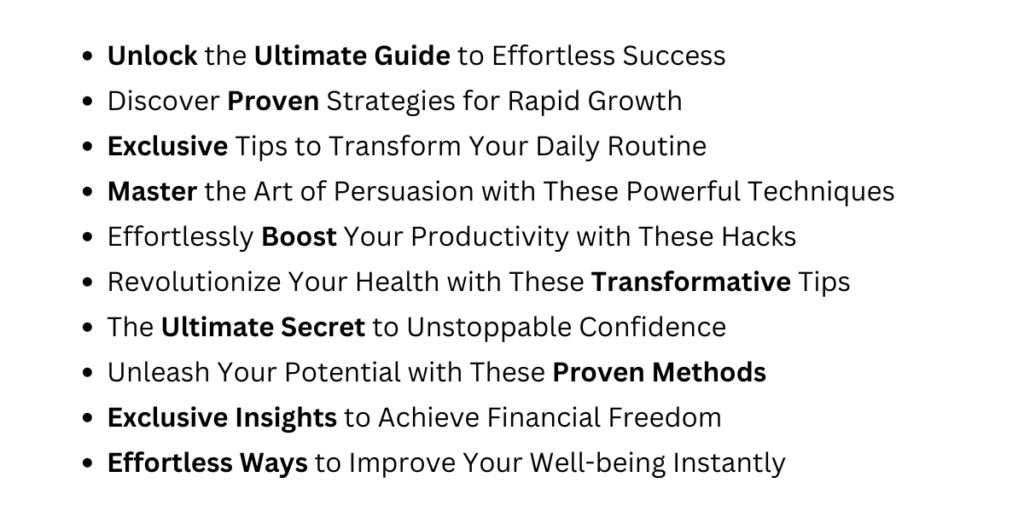
In other words, powerful words are those that will evoke strong emotions or psychological responses from a reader, thus great tools, particularly when writing headlines. These words tap into the reader’s desires, fears, or curiosities, making them click to read more.
Words of power are defined as words that are carefully selected and constructed in a way to elicit a specific emotional or psychological response from the reader. They are words tailor-made to attract attention, create urgency, or create curiosity about what follows.
Examples of potent power words are:
- Exclusive
- Shocking
- Secret
- Proven
- Essential
- Breakthrough
- Revolutionary
- Insider
How they make one emotional and curious: Power words work by triggering certain areas of the brain that deal with emotion and decision-making. For example, “exclusive” speaks to a human desire for unique experiences, and “shocking” creates curiosity about unexpected information.
Example: “Exclusive: 5 Shocking Secrets of Effortless Weight Loss”
2. Use Numbers

Numbers in headlines are attention grabbing because they bring specificity and structure, speaking to our brains’ innate love for organization and concrete information.
Numbers make headlines so irresistible because they present an offer for very digestible, quantifiable information. They set an expectation of what readers will gain from your content. You can get help from Google suggestions:

Here are some great types of numbers to use:
- It’s odd, especially 7
- Use specific statistics for credibility-building
- Use round numbers for general lists or tips
Examples of effective, or productive, numbered headlines:
“7 Proven Strategies to Double Your Income“
“13 Little-Known Facts About Sleep That Will Surprise You“
“The 3-Step Process to Mastering Any Skill“
3. Ask a Question
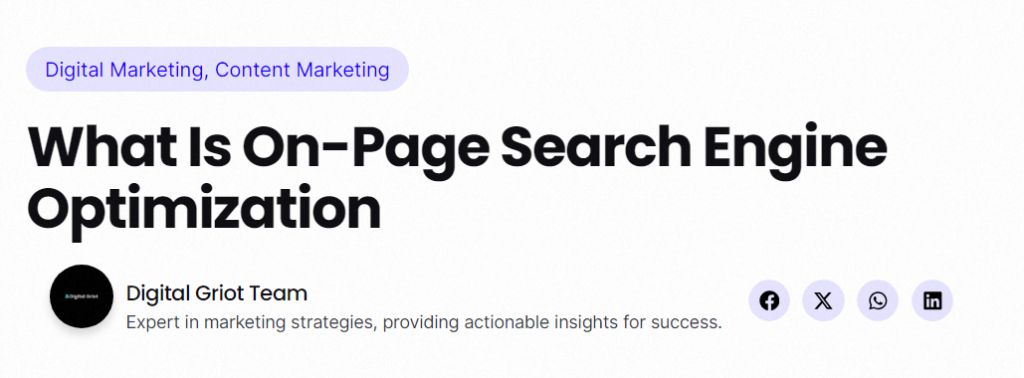
Question headlines pull your reader right into your content by speaking directly to their curiosity or pain points.
Benefits of question headlines:
- Engage the reader directly
- Show, at the front, there is a problem or interest
- Create an information gap the reader wants to fill.
How to write interesting questions:
- Hit common pain points or interests
- Start with “how,” “why,” or “what”
- Suggest that the answer is surprising or of high value
Examples of question headlines that work well:
“Is Your Smartphone Secretly Ruining Your Productivity?”
“Why Do Some People Succeed While Others Fail?”
“What’s the One Habit All Millionaires Share? passer”
That is why debates on the issue of word choice in instructions are almost scanty in the various varieties of English: –
4. Create Urgency or Scarcity
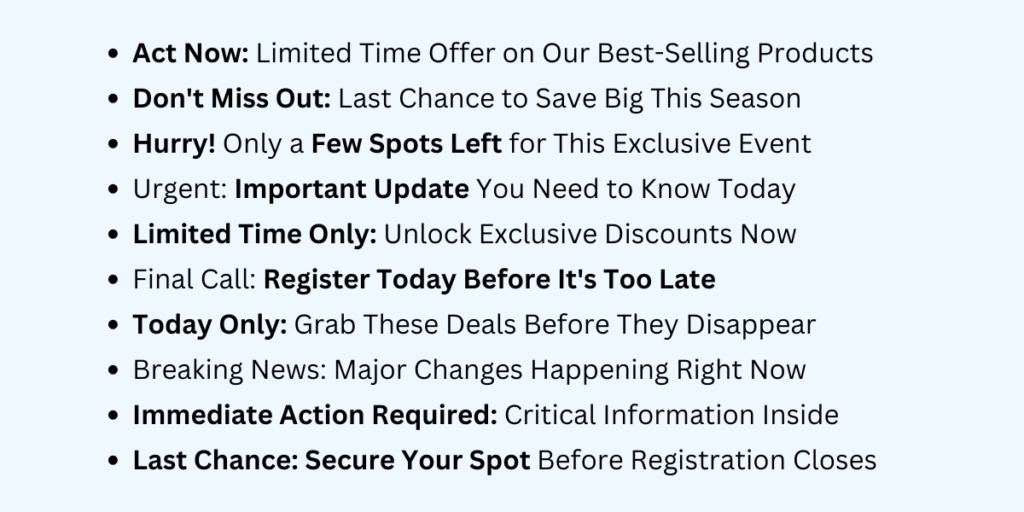
Urgency and scarcity tap into FOMO, or fear of missing out, which gets your reader to act now.
Urgency and Scarcity: These concepts suggest that your content needs to be focused on; they must act quickly on your offer rather than on others.
Words and terms that convey a sense of time-sensitivity include:
- Limited amount of time
- Act NOW
- Last call
- Closing
- Breaking news
Here are some examples of headlines based on these ideas:
“Five Important Tax Deductions: Don’t Miss Out on These Last-Chance Savings”
“Breaking: Key to Living Forever Discovered in New Research”
“Hurry: This Won’t Last in This Investment Climate”
5. Make a Bold Promise
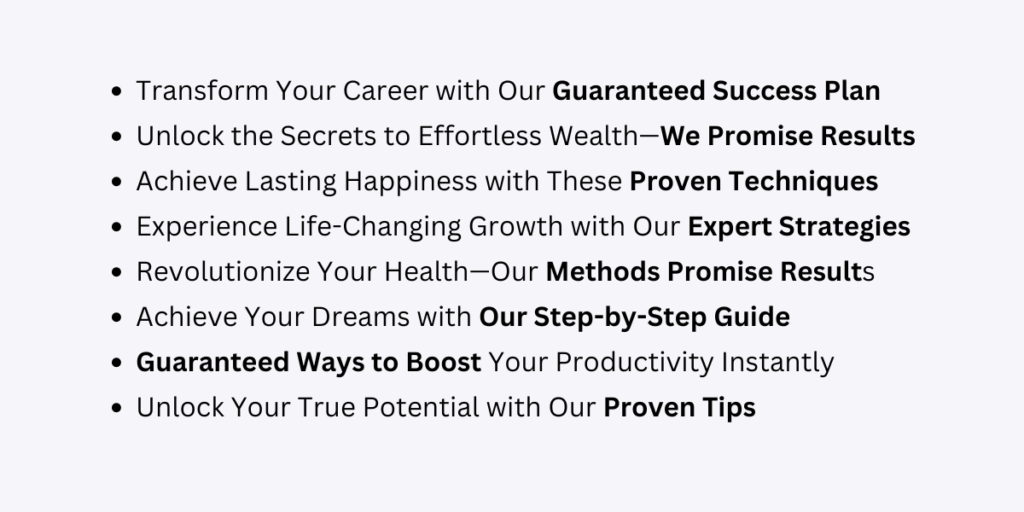
Headlines with bold promises tend to grab the reader’s attention because they offer enormous value or the promise of transformation.
- Why promises capture readers’ attention: They play on readers’ wishes for self—improvement or their problems being solved. They create expectations and even set high expectations.
- How to strike the balance: The power of a bold promise works well. They, however, need to be believable or achievable so as not to lose credibility from your audience.
Example headlines of compelling promise ones:
“Transform Your Body in Just 30 Days with This Workout Plan”
“Master Any Language in 3 Months with This Proven Method”
“Double Your Productivity Overnight with These 5 Simple Tricks”
6. Use Active Voice and Strong Verbs

Dynamic language in headlines creates action through engagement, making the content appear more exciting and impactful.
Importance of dynamic language:
- Strong verbs and an active voice exude confidence,
- Authority, and hold an action that makes your headline more compelling and the value seems to be higher in your content.
Examples of weak versus strong verb use:
Weak: “Ways to Improve Your Writing”
Strong: “Supercharge Your Writing with These Powerful Techniques”
How active voice enhances headline impact:
It puts the subject center in the driver’s seat, creating a more direct and engaging headline.
Example: “Slash Your Debt in Half with This Budgeting Strategy”
7. Exploit Curiosity Gaps

Curiosity gaps make readers curious, suggesting important information without actually revealing it, and prompting readers to click to get the full story.
Explanation of curiosity gaps:
- A curiosity gap is the space between what we know and what we want to know. It creates a sense of incompleteness that we’re driven to resolve.
How to pique interest without misleading:
- Hint at surprising or useful information, but avoid clickbaiting. The secret is in actually following through on that intrigue with actual content.
Curiosity gap headlines can be of any of these sorts:
“The Surprising Habit That’s Sabotaging Your Career”
“You’ll Never Guess What This Common Household Item Can Do”
“The Hidden Truth About Successful People That Nobody Talks About”
8. Keep It Short and Sweet

Clear and concise headlines in a world of information overload cut through the noise and are first of all sure to usher in value for probable readers.
- Impact of brevity in headlines: Short, punchy headline copy is simple and clear to read and understand at a glance. This is most important around eye level, which is mostly on mobile and in crowded social media feeds.
- Pointers on how to reduce extra words: Use strong, specific nouns and verbs. Drop redundant words or phrases. Less is always more in the number of adjectives or adverbs used.
Catchy Headlines Examples:
“5 Steps to Financial Freedom”
“Master Public Speaking in 30 Days”
“Boost Productivity with This Simple Hack”
Summary of the 8 pro tips:
- Use powerful words to evoke emotion and curiosity
- Incorporate numbers for structure and specificity
- Ask questions to directly engage readers
- Create urgency or scarcity to motivate action
- Make bold promises to convey value
- Use active voice and strong verbs to have a certain impact
- Curiosity gaps intrigue
- The fewest words with the most clarity result in the best headlines
Conclusion
Encouragement to try different methods:
The art of headline writing is becoming better each day. The best approach will always be based on who your audience is and what type of content is published. I would encourage you not to be afraid to mix and match different combinations of these techniques to find what works for you and your readers.
A reminder of how to constantly get better at writing headlines:
The stakes are high in the very crowded digital landscape, and it is important not to underestimate the art of compelling headlines. If you want to get attention, lead people on, engage them, and make sure your valuable content goes to its audience, you will always be on the lookout for possibilities to help you become a perpetual student of how headlines are crafted.
Keep in mind, that good headlines stand as a line protecting your content from sliding past the attention of the reader and into oblivion.
Suggested Read: The Complete Guide Of Content Marketing Strategies
FAQs
Why is it important to have compelling headlines?
Compelling headlines get you more clicks; they enhance the click-through rate and get you a better readership of your content.
How long should a headline be?
Make your headline less than 70 characters so they display in full on search engine results pages and so your readers don’t lose interest.
How to give a concert sense to the headings?
Use real numbers or list posts (e.g. “7 Ways to.”) to give a concrete sense and help set the reader’s expectations.
What are power words and why should I use them?
Power words are strongly emotive words (such as “exclusive” or “essential”) that can elicit high readership by giving a compelling headline.
